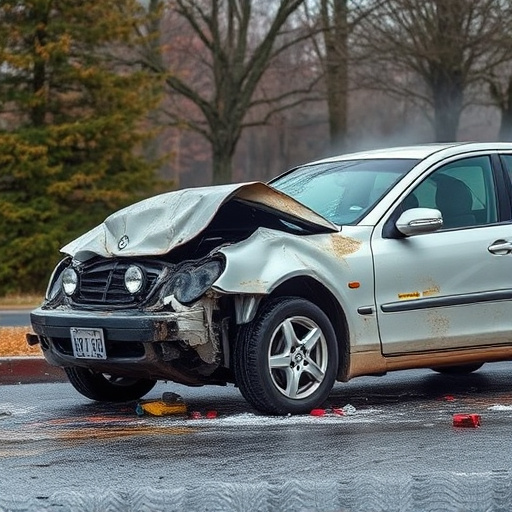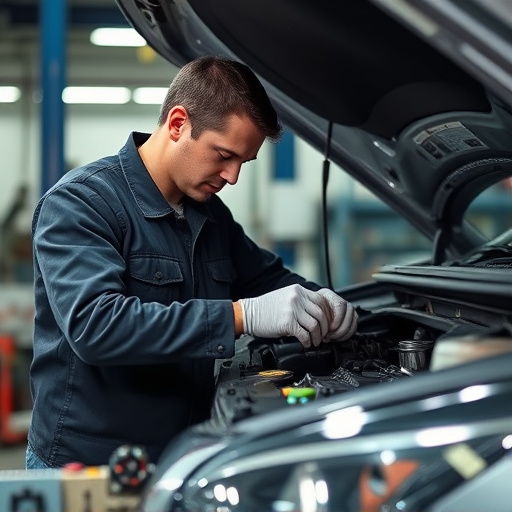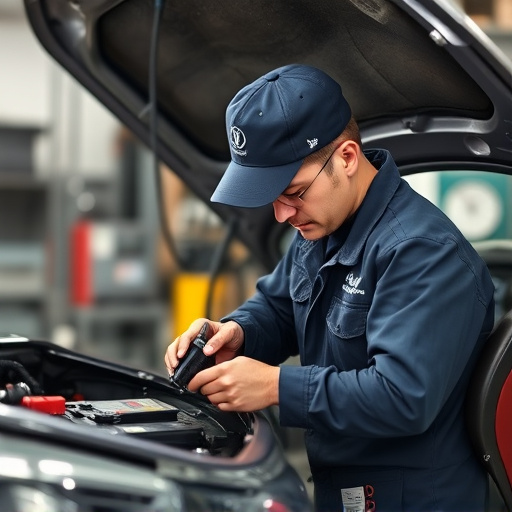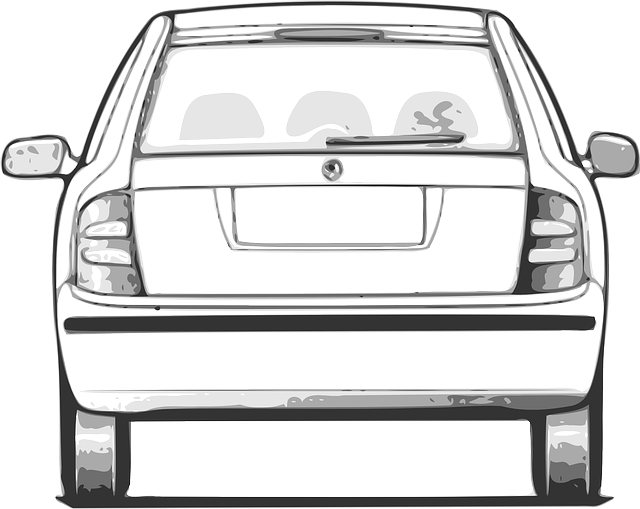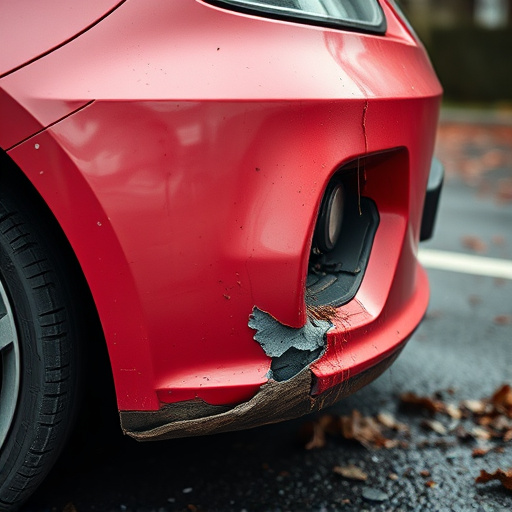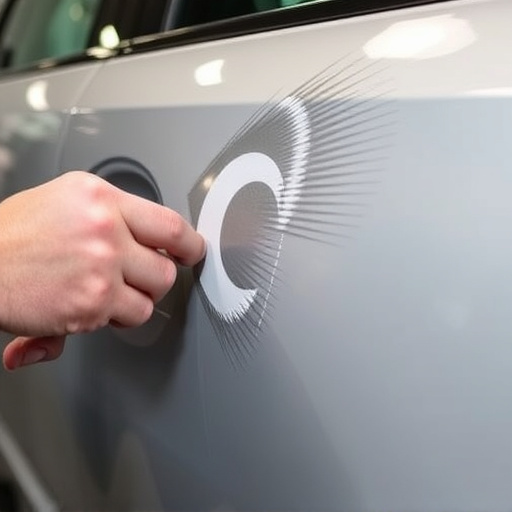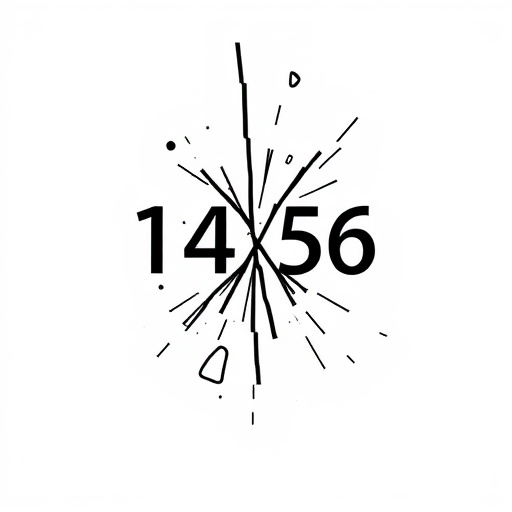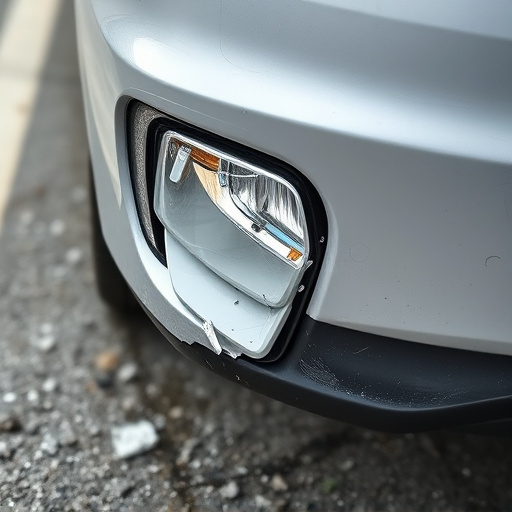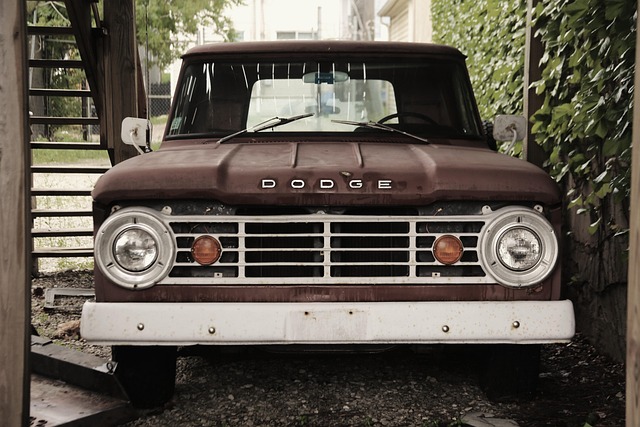Auto body shop direct repair programs streamline vehicle repairs, ensuring safe and efficient road returns. These structured initiatives enhance services, boost customer satisfaction, and keep shops up-to-date with industry standards through partnerships between manufacturers, insurance providers, and specialized facilities. Participation requires meeting strict eligibility criteria, including expertise in paint repair, staff training, updated equipment, safety standards, and effective communication with insurers. Adhering to stringent quality standards and manufacturer guidelines is crucial for shop acceptance, offering benefits for businesses and customers alike.
“In today’s competitive automotive industry, understanding and adhering to Direct Repair Program (DRP) requirements is crucial for auto body shops aiming to stay relevant. This article serves as a comprehensive guide for professionals seeking to navigate the intricacies of DRPs. We’ll delve into three key areas: exploring the programs’ fundamentals, uncovering eligibility criteria, and ensuring compliance with quality standards. By mastering these aspects, auto body shops can effectively collaborate with manufacturers, enhance customer satisfaction, and thrive in a bustling market.”
- Understanding Auto Body Shop Direct Repair Programs
- Key Eligibility Criteria for Participation
- Ensuring Quality Standards and Compliance
Understanding Auto Body Shop Direct Repair Programs
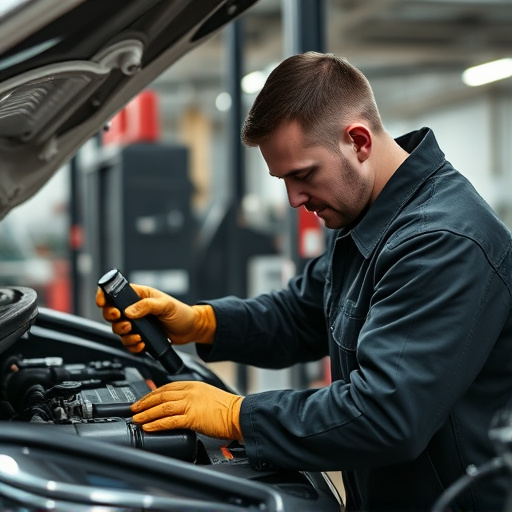
Auto Body Shop Direct Repair Programs are designed to streamline the process of repairing vehicles, ensuring that damaged cars and trucks return to the road safely and efficiently. These programs offer a structured approach to collision repair, catering specifically to auto body shops. By participating in such initiatives, auto body shops can enhance their services, improve customer satisfaction, and stay updated with the latest industry standards.
Direct Repair Programs often involve partnerships between auto manufacturers, insurance providers, and specialized repair facilities. They set clear guidelines and requirements for collision damage repair, including specific training protocols for technicians. This ensures that the repair process is consistent, accurate, and aligned with the vehicle’s original manufacturing specifications. As a result, customers benefit from top-notch service, faster turnaround times, and peace of mind knowing their vehicles are in capable hands.
Key Eligibility Criteria for Participation
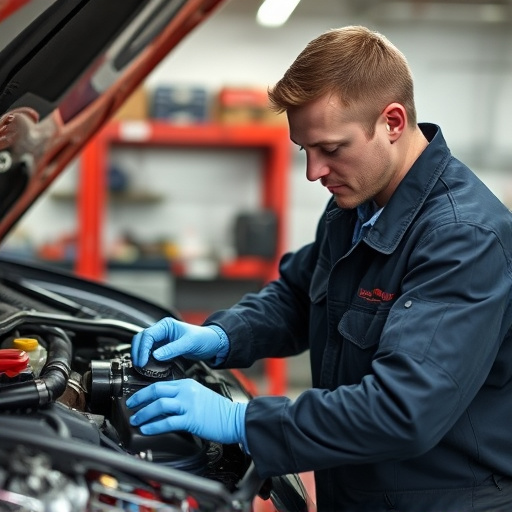
To participate in a Direct Repair Program (DRP), auto body shops must meet several key eligibility criteria. First and foremost, shops need to demonstrate expertise and proficiency in vehicle paint repair, car paint repair, and overall auto collision center services. This includes having properly trained staff, up-to-date equipment, and a proven track record of high-quality work. The DRP also requires shops to maintain specific safety standards and adhere to manufacturer guidelines for repairs, ensuring consistency and reliability in the service provided.
Additionally, auto body shops must have the capacity to handle a certain volume of repairs and demonstrate effective communication and coordination with insurance providers and manufacturers. They should be equipped to manage the entire repair process, from initial assessment to final inspection, while keeping all parties informed. Shops that can prove their ability to comply with these standards are more likely to be accepted into DRP networks, which offer numerous benefits for both businesses and customers alike.
Ensuring Quality Standards and Compliance
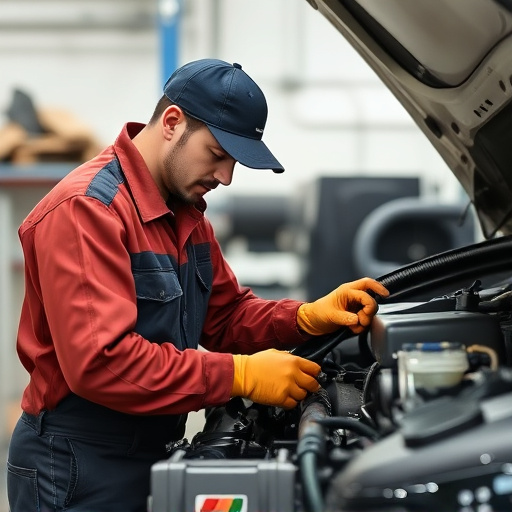
To participate in a Direct Repair Program (DRP) for auto body shops, maintaining stringent quality standards and ensuring compliance with manufacturer guidelines is paramount. This involves adhering to specific procedures and protocols designed to guarantee that repairs meet or exceed original equipment manufacturer (OEM) specifications. Auto body shops must invest in well-trained staff, up-to-date tools, and state-of-the-art equipment to deliver consistent, high-quality automotive body work. Regular audits and inspections by the DRP provider ensure ongoing compliance and serve as a quality control measure for both the shop and the manufacturer.
Beyond meeting technical standards, auto body shops must also demonstrate a commitment to ethical business practices and customer satisfaction. This includes transparent communication about repair estimates, timely service, and proper disposal of automotive waste. By upholding these standards, auto body shops not only ensure customer trust but also contribute to the overall integrity of the DRP network, fostering a reputation for excellence in car collision repair and auto maintenance.
Auto body shops looking to participate in Direct Repair Programs (DRPs) must meet specific criteria that ensure quality standards and compliance. By understanding these requirements, shops can navigate the complexities of DRP participation and position themselves as trusted partners for automotive manufacturers. Embracing these programs offers not only increased business opportunities but also enhances customer satisfaction through streamlined repair processes.

